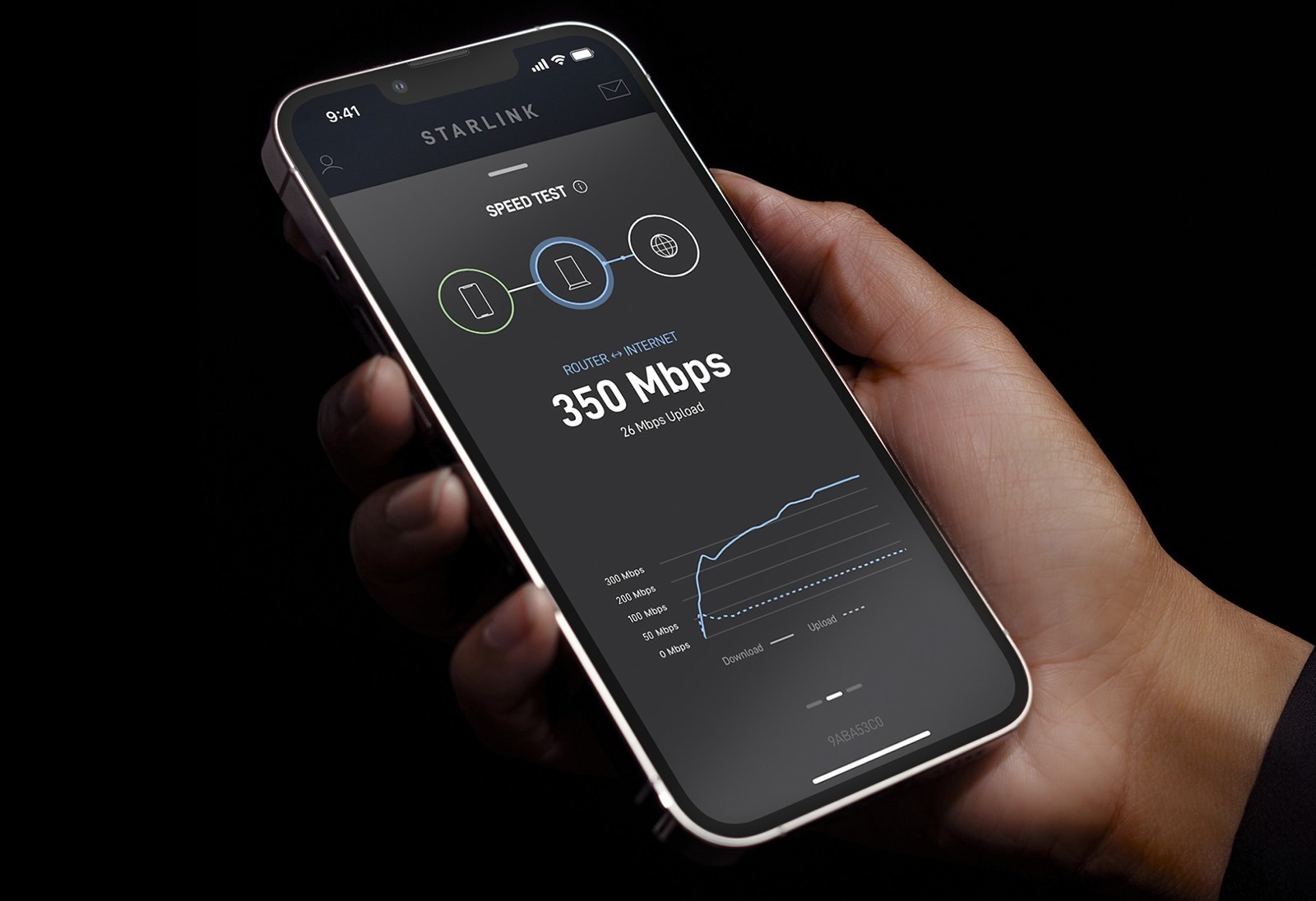Starlink, the satellite internet service offered by SpaceX, has gained popularity among people who live in areas with poor or no internet connectivity. However, the question remains: is Starlink worth the monthly fee?
First, let’s look at the pros of Starlink. One of the major advantages is that it is available in remote areas where traditional internet service providers (ISPs) cannot reach. Starlink uses a network of satellites to provide high-speed internet, making it an ideal choice for people who live in rural areas.
Additionally, Starlink offers a relatively fast internet speed, with a maximum speed of up to 150 Mbps. This is significantly faster than many other satellite internet providers. The service also has a lower latency compared to other satellite internet options, which means there is less delay in data transfer.
However, there are some downsides to Starlink. The cost is a significant factor, with a monthly fee of $110. This is much higher than what traditional ISPs charge, and it can be a burden for some users. Additionally, Starlink requires a special dish to be installed, which can add to the initial cost of the service.
Another concern is the reliability of the service. Since it relies on a network of satellites, there may be disruptions in service during bad weather or other issues with the satellites. This is something that users should keep in mind before signing up for the service.
Whether Starlink is worth it depends on individual circumstances. If you live in a remote area with no other options for internet service, Starlink may be a good choice. However, if you already have access to a reliable and affordable internet service, it may not be worth the higher cost and potential reliability issues.
While Starlink offers some benefits for those in remote areas, it may not be the best choice for everyone. It is important to carefully consider the cost and potential reliability issues before signing up for the service.

Estimated Cost of Starlink
According to the latest information available, Starlink has announced that customers will have to pay a monthly charge of $110 to keep the service running. This is a slight increase from the initial price of $99 that was announced earlier. It is important to note that this monthly cost is subject to change and may be adjusted in the future based on market conditions and other factors. However, for now, customers should expect to pay $110 per month for Starlink services.
The Benefits of Using Starlink
Starlink provides several benefits, especially for areas where internet connectivity has been a challenge. The following are some of the benefits of Starlink:
1. High-speed internet: Starlink can deliver high-speed broadband internet to locations where access has been unreliable or completely unavailable. This means that people living in remote areas can have access to fast internet speeds, which can improve their quality of life and enable them to work and learn from home.
2. Unbounded by traditional ground infrastructure: Unlike traditional internet providers, Starlink is not limited by ground infrastructure. This means that it can reach areas that are difficult to access, such as mountainous regions or areas with no existing internet infrastructure.
3. Reliable connectivity: Starlink’s satellite network provides reliable connectivity, which means that users can expect consistent internet speeds and connectivity. This is especially important for businesses and individuals who rely on the Internet for work or communication.
4. Cost-effective: Starlink’s pricing is competitive, which makes it an affordable option for people living in areas with limited internet connectivity. This can help bridge the digital divide and provide access to the internet for more people.
Starlink’s benefits include high-speed internet, reliable connectivity, affordability, and the ability to reach areas that are difficult to access. These benefits can improve people’s quality of life and enable them to work and learn from home.
Comparing Starlink to Fiber: Which is Faster?
When it comes to speed, fiber has a much faster maximum and median speed than Starlink or any other satellite provider. This is because fiber optic cables can transmit data at a speed of up to 100 Gbps, while Starlink’s maximum speed is currently around 150 Mbps.
In addition to speed, fiber also offers significantly less latency. Latency refers to the time it takes for a signal to travel from its source to its destination and back again. Since fiber optic cables transmit data at the speed of light, they have much lower latency than satellite connections, which have to travel much farther through space.
Fiber offers a stable connection that is unmatched by satellite providers. Unlike satellite connections, which can be affected by weather conditions and other factors, fiber is not subject to interference and provides a reliable connection that is not affected by external factors.
While Starlink does offer faster internet speeds than some traditional satellite providers, it can’t matches the speed, latency, and reliability of a fiber optic connection.
Conclusion
Starlink can be a viable option for individuals living in remote areas where traditional internet connectivity is unreliable or unavailable. However, it is important to consider the cost of the service, which has increased from $99 to $110 per month. Additionally, it is crucial to note that Starlink’s speeds and latency cannot compete with fiber internet, which offers a much faster and more stable connection. Ultimately, whether or not Starlink is worth it depends on the individual’s specific needs and circumstances.








